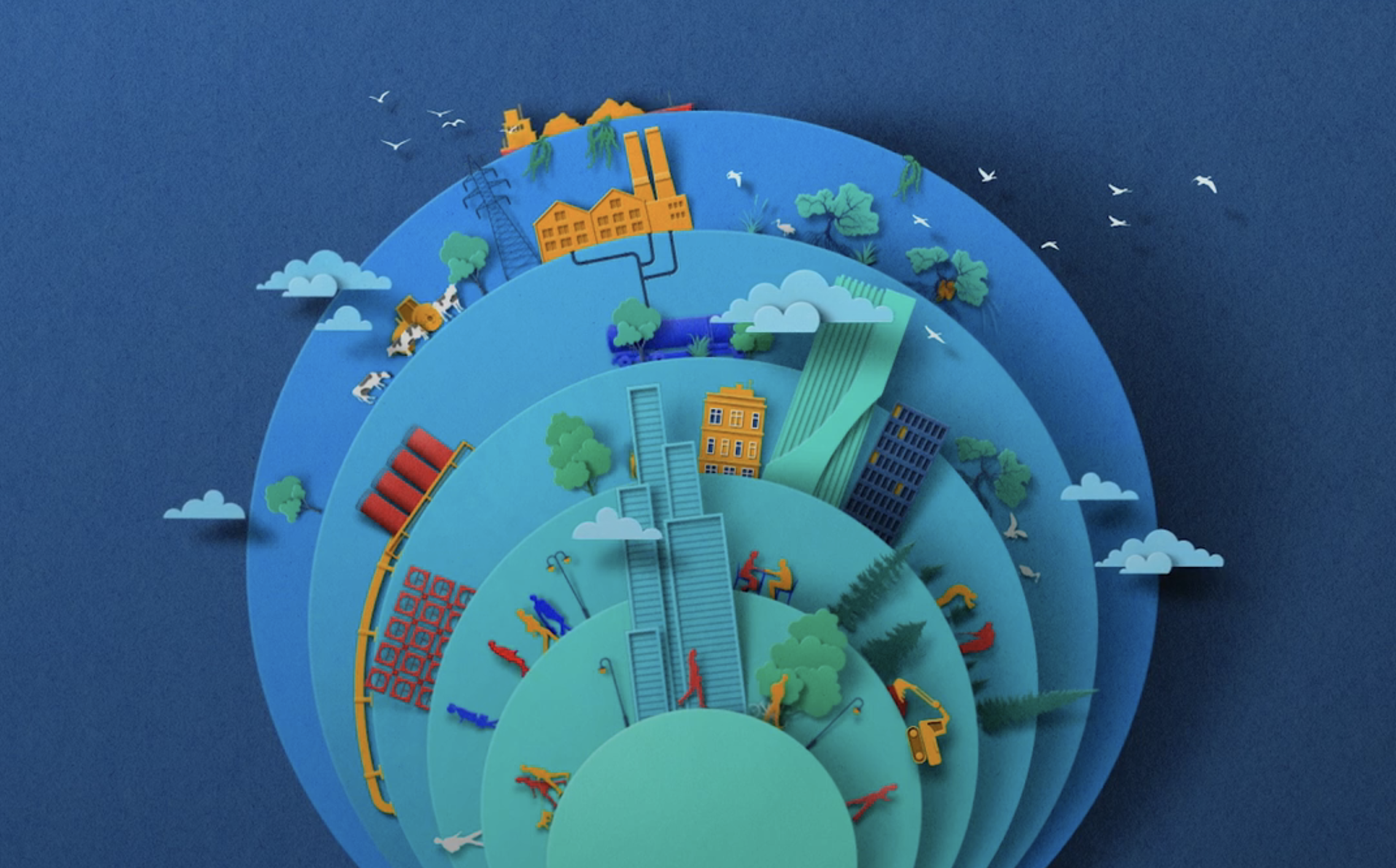A Notice by the National Science Foundation on 02/23/2024
SOURCE: https://www.federalregister.gov/documents/2024/02/23/2024-03758/marine-carbon-dioxide-removal-research-plan
AGENCY: National Science Foundation.
ACTION: Notice of request for information.
SUMMARY:
The National Science Foundation (NSF), on behalf of the White House National Science and Technology Council (NSTC) Marine Carbon Dioxide Removal Fast-Track Action Committee (MCDR–FTAC), requests input from all interested parties to inform the development of an implementation plan to advance a key recommendation of the Ocean Climate Action Plan (OCAP) regarding marine carbon dioxide removal (CDR) research. Marine CDR refers to efforts to increase the amount of atmospheric carbon dioxide taken up by the ocean, adding to the large, natural ocean carbon reservoir. The deployment of safe and effective CDR approaches is increasingly regarded in scientific assessments as necessary in the near future to meet climate goals. The implementation plan, hereafter referred to as the Marine CDR Plan, will advance three actions to enable marine CDR research that are called for in the Ocean Climate Action Plan: establish a comprehensive Federal marine CDR research program; clarify permitting, regulatory, and other standards and policies, and establish guidelines for marine CDR research; and establish a Marine CDR Initiative to enable public-private partnerships and establish mechanisms to strengthen interagency coordination and promote public awareness and engagement. Through this Request for Information (RFI), the MCDR–FTAC seeks input on each element of the Marine CDR Plan.
DATES:
Responses are due by 11:59 p.m. eastern time on April 23, 2024. Submissions received after the deadline may not be taken into consideration.
ADDRESSES:
Interested individuals and organizations should submit comments electronically to Tricia.M.Light@ostp.eop.gov and include “Marine Carbon Dioxide Removal Research Plan” in the subject line of the email. Email submissions should be machine-readable (PDF, Word) and should not be locked or password protected.
Instructions: Response to this RFI is voluntary. Each individual or organization is requested to submit only one response. Commenters can respond to one or many questions. Submissions are suggested to not exceed a total of five (5) pages in 12 point or larger font. Submissions should clearly indicate which questions are being addressed. Responses should include the name of the person(s) or organization(s) filing the response. Responses containing references, studies, research, and other empirical data that are not widely published should include copies of or electronic links to the referenced materials. Responses containing profanity, vulgarity, threats, or other inappropriate language or content will not be considered.
Please note that MCDR–FTAC agencies may post responses to this RFI, without change, on their websites. NSF, therefore, requests that no business proprietary information, copyrighted information, or personally identifiable information be submitted in response to this RFI. Please note that the U.S. Government will not pay for response preparation, or for the use of any information contained in the response.
FOR FURTHER INFORMATION CONTACT:
For further information, please contact: Tricia Light, Office of Science & Technology Policy. Phone (202) 881–7242; email: Tricia.M.Light@ostp.eop.gov.
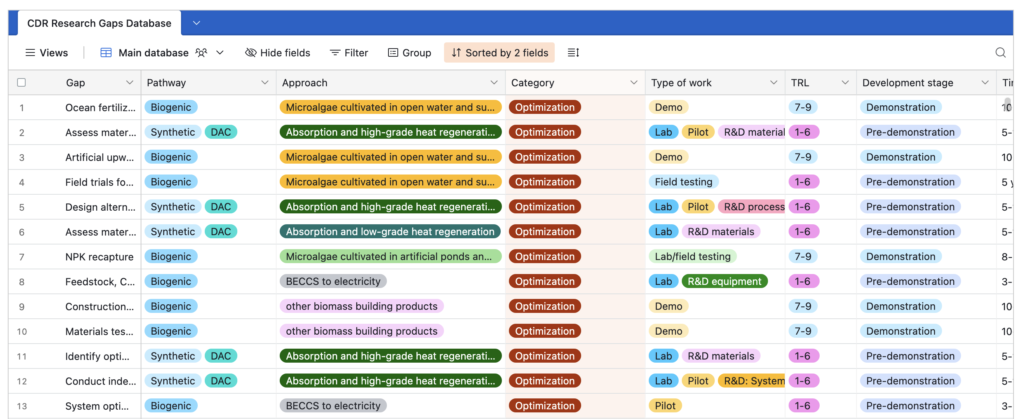

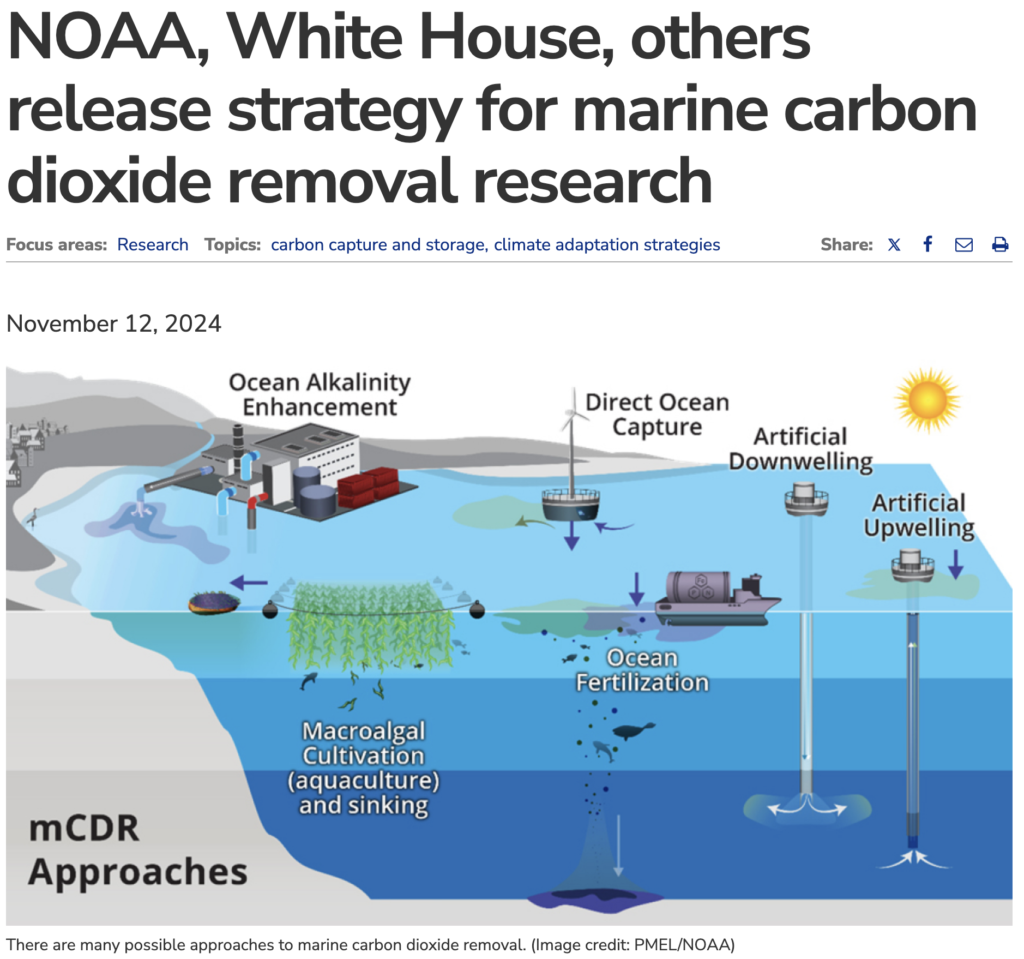
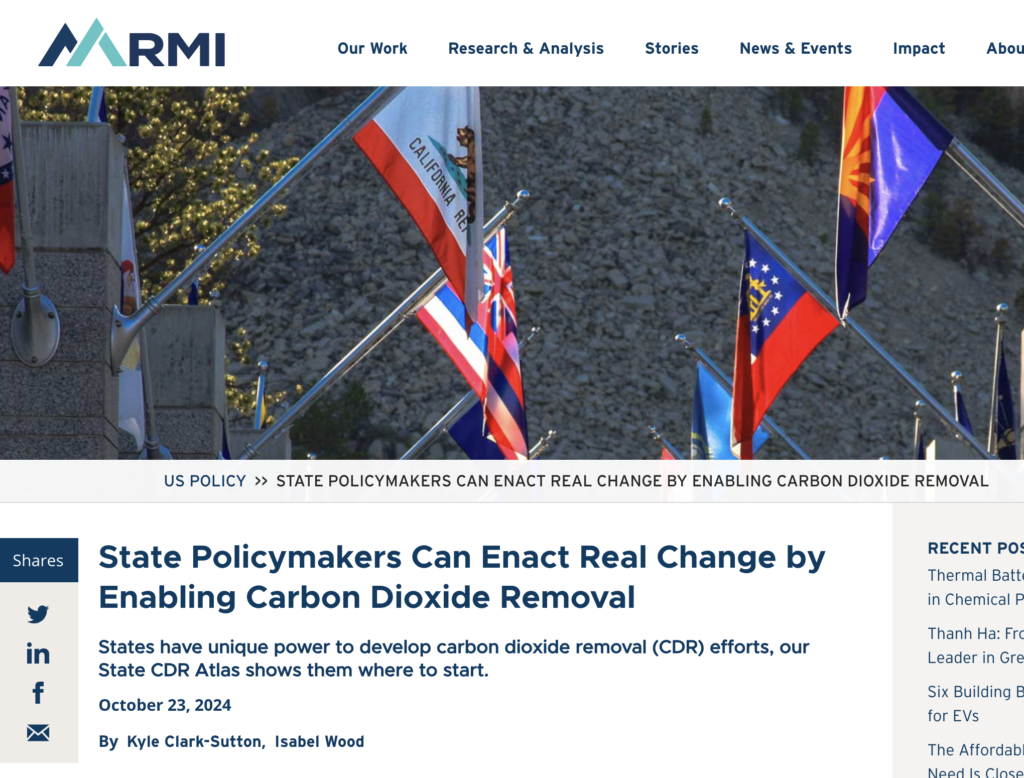

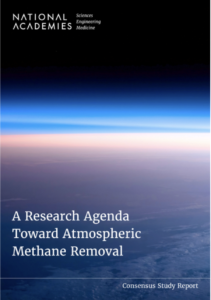 This report is a welcome entry in an infant field. Here’s hoping methods of methane removal can mature quickly and earn a welcome place among climate solutions—and among people who must live with them. It’s good to see the National Academies chewing into this vital challenge.
This report is a welcome entry in an infant field. Here’s hoping methods of methane removal can mature quickly and earn a welcome place among climate solutions—and among people who must live with them. It’s good to see the National Academies chewing into this vital challenge.

